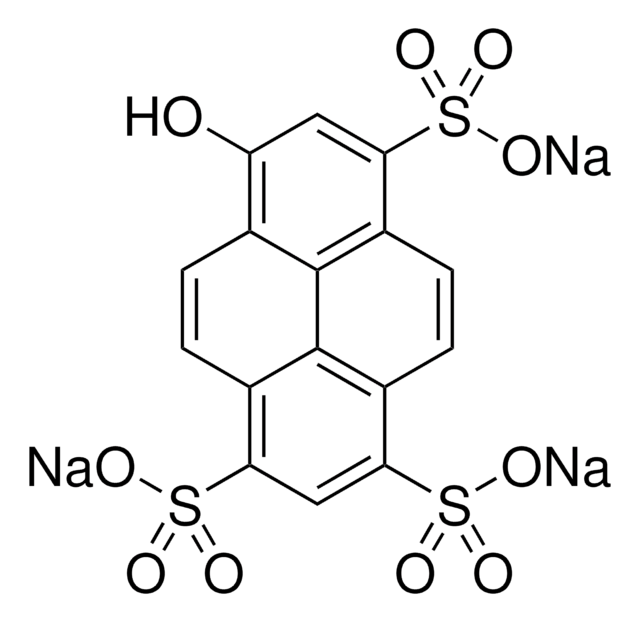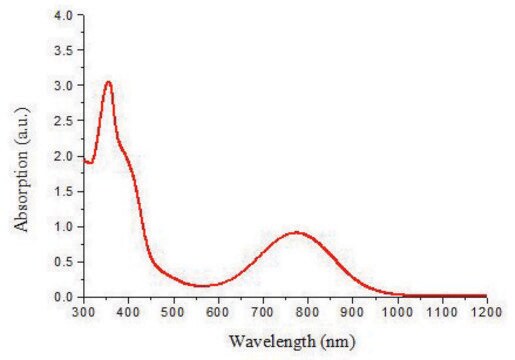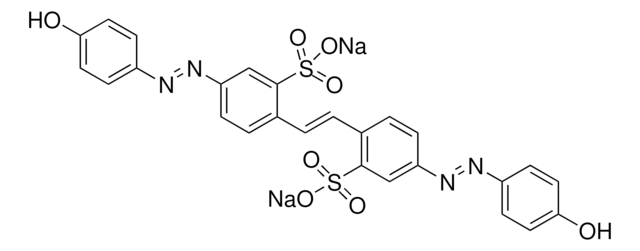206865
Primuline
Dye content 50 %
Sinónimos:
Direct Yellow 59, Primuline Yellow
About This Item
Productos recomendados
form
powder or crystals
Quality Level
composition
Dye content, 50%
mp
>300 °C
λmax
229 nm (2nd)
340-355 nm
application(s)
diagnostic assay manufacturing
hematology
histology
storage temp.
room temp
SMILES string
[Na+].Cc1ccc2nc(sc2c1S([O-])(=O)=O)-c3ccc4nc(sc4c3)-c5ccc(N)cc5
InChI
1S/C21H15N3O3S3.Na/c1-11-2-8-16-18(19(11)30(25,26)27)29-21(24-16)13-5-9-15-17(10-13)28-20(23-15)12-3-6-14(22)7-4-12;/h2-10H,22H2,1H3,(H,25,26,27);/q;+1/p-1
InChI key
RSRNHSYYBLEMOI-UHFFFAOYSA-M
¿Está buscando productos similares? Visita Guía de comparación de productos
Application
Biochem/physiol Actions
Storage Class
11 - Combustible Solids
wgk_germany
WGK 3
flash_point_f
Not applicable
flash_point_c
Not applicable
ppe
Eyeshields, Gloves, type N95 (US)
Elija entre una de las versiones más recientes:
¿Ya tiene este producto?
Encuentre la documentación para los productos que ha comprado recientemente en la Biblioteca de documentos.
Los clientes también vieron
Nuestro equipo de científicos tiene experiencia en todas las áreas de investigación: Ciencias de la vida, Ciencia de los materiales, Síntesis química, Cromatografía, Analítica y muchas otras.
Póngase en contacto con el Servicio técnico











